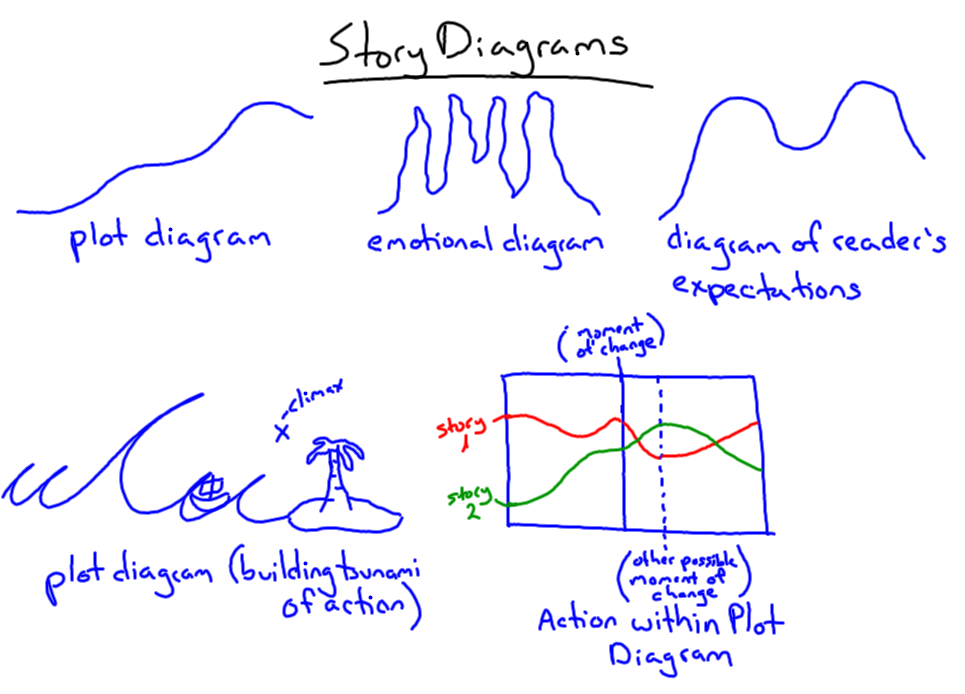We started off class today with about ten minutes for everyone to write down the major figures and summary of the Yoruba creation myth. The beginning of the African creation story section of our book stated that "No one 'African' culture exists. Instead, many different cultural groups live side by side on the same continent" (401). To explore what this means, looks like, and how it came to be, we took a look at the effects that European trade and subsequent colonization of the Americas and Africa had on the peoples who were subject to this colonization.
To better understand travel by sea, we looked at shipping routes from the 1800s and then at maps that showed cultural divisions within countries and then national/country divisions (borders). I was not able to find any videos that specifically displayed American routes.
Tracks of American Whaling Ships
(gives a sense of some trade routes in the 19th century)
Tracks of Early American Trade Routes
(gives a sense of some trade routes in the 19th century)
The images below depict:
1st map: Trade routes in the 19th century (1800s)
2nd map: Trade routes in the modern day
Notice how the creation of the Panama Canal in Latin America and the Suez Canal in the Middle East enable ships to travel between North American and South America (Panama Canal) and Europe/Asia and Africa (Suez Canal) so that ships no longer have to go all the way down and around South America or Africa. The need to travel all the way around these large continents is what lead these continents to be exposed to and colonized by Europeans (the other reason being that Europeans were interested in the goods and resources contained on these continents).
19th Century Trade Routes
(Darker areas are trafficked more heavily than lighter areas -
Continents are revealed as white because that is where ships cannot sail)
(click image to enlarge)
Modern Day Trade Routes
(areas in red are more heavily trafficked than areas in blue)
(click image to enlarge)
The following maps show where cultural groups are located in Africa as well as where countries were formed. Prior to European interest in the African continent (which came through trade with Asia), there were no countries as we would now recognize them. In their efforts to colonize the African continent, European powers divided Africa into countries based on European interests, which often split cultural groups apart and combined other groups that did not get along with one another into one country.
Colonization of the Americas lead to a similar division and combination of native American cultural groups in the United States. While the combination of cultural groups that have historically been enemies in African countries has caused numerous civil wars across the continent, the Americas have avoided the same fate due to the fact that the original native population was severely reduced by disease and violence.
We will discuss the Yoruba creation story in detail next class.
Homework:
Finish completing the Yoruba creation story note sheet.










